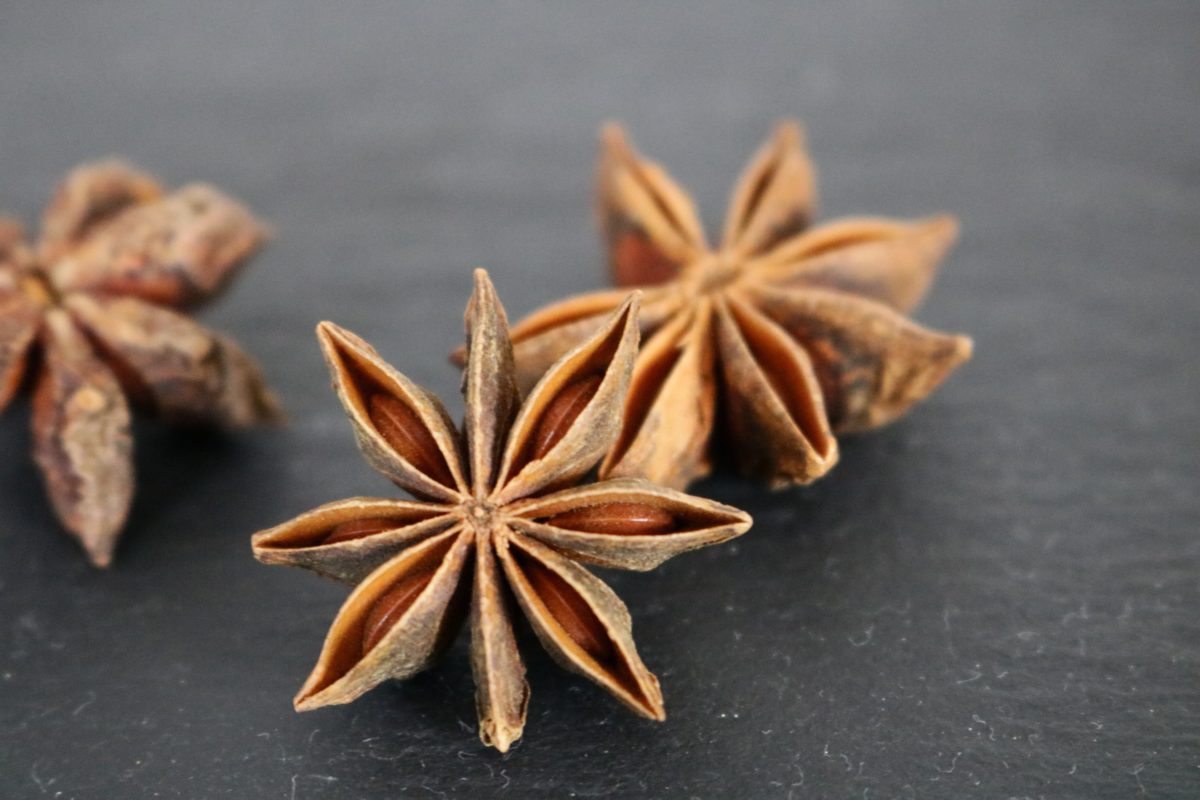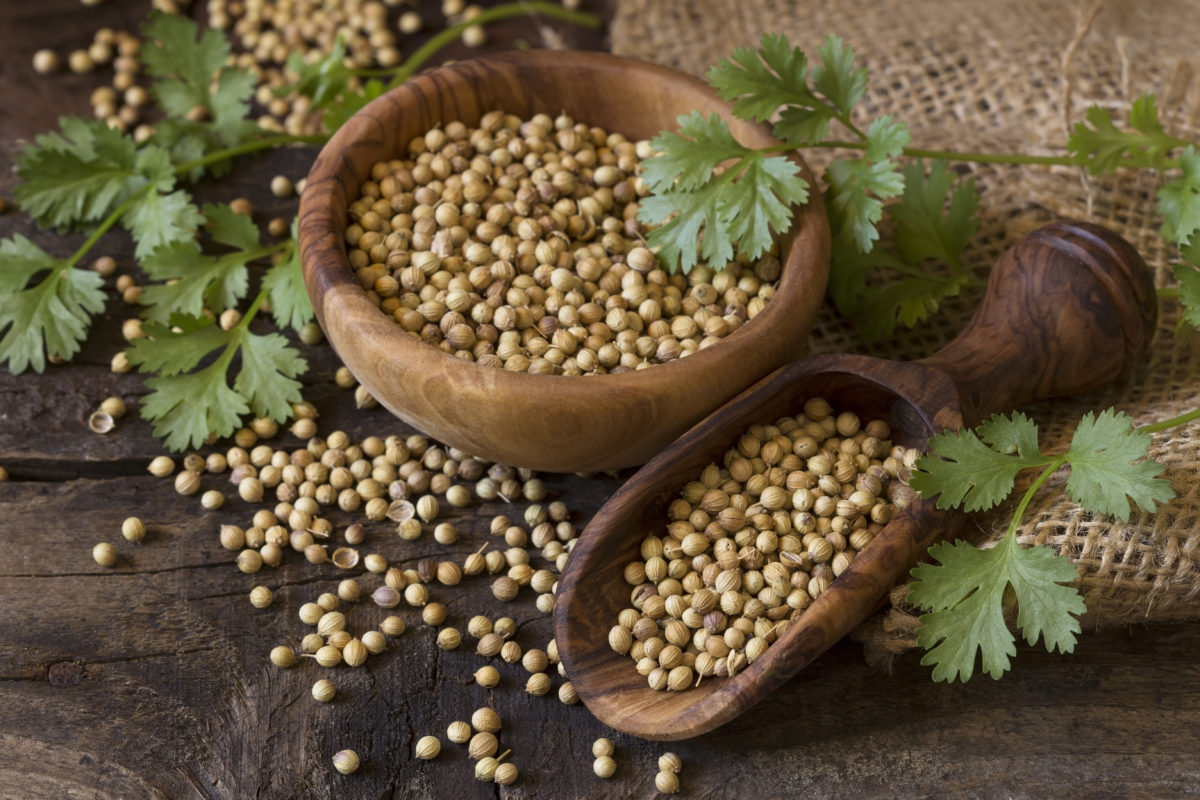 Many mothers feel they don’t produce enough milk, especially in the earlier days, weeks, or months after giving birth; after all, when you breastfeed, you can’t see exactly how much your baby is eating.
Many mothers feel they don’t produce enough milk, especially in the earlier days, weeks, or months after giving birth; after all, when you breastfeed, you can’t see exactly how much your baby is eating.
What if increasing your milk supply was as easy as brewing a cup of tea?
With the right blend of natural substances – herbs known as galactogogues – you may be able to increase your milk supply with just a few cups of tea per day.
What is a Galactogogue?
A galactogogue is a natural substance that can increase breast milk supply. This is usually some kind of herb, leaf, or seed, but may also include certain foods and medications
While there isn’t a lot of medical evidence behind their effectiveness, many mothers swear by certain herbs that have seemingly increased their milk supply.
Using Tea to Boost Milk Supply
There are many ways you can include galactogues in your diet.
You can experiment with recipes for lactation cookies and smoothies to find something you like, and can also just buy a supplement in capsule form to take with your morning vitamins.
However, if you want something that is easy to add into your routine that takes little to no prep, you many opt for a lactation tea.
Lactation teas can include any number of ingredients which may include galactogogues and/or common tea ingredients that are known for their relaxing properties – like chamomile or lavender – which can also help to increase milk supply.

Some common galactogogues found in lactation tea include:
- Red raspberry leaf
- Nettle leaf
- Fenugreek seeds
- Fennel seeds
- Milk thistle
- Blessed thistle
- Goat’s rue leaf
- Alfalfa
- Marshmallow root
-

Coriander seeds and leaves (cilantro) Coriander
- Verbena
- Anise
You can choose to make your own tea blend from scratch using the above ingredients or buy one from your local drug store, supermarket, or supplement shop.
Buying a Lactation Boosting Tea
Finding a lactation tea is pretty easy; they are readily available at most stores you visit on a regular basis. However, choosing one that is manufactured by a reputable company and has a good blend of ingredients can take a bit of time and research.
Galactogogues (and lactation teas that use them) are not regulated by the FDA, but the companies that manufacture them typically have their own internal set of standards. Take your time to do some research before purchasing.
Ensure that the company sources their ingredients from reputable farms or that they grow their ingredients in house. You also want to make sure they don’t use any fillers, which may contain common allergens.
Check the list of ingredients as well to see what is included in the tea blend. Some less reliable companies either omit ingredients from the list on the package or add in ones that aren’t necessary. Expiration and manufacturing dates should also be visible on the packaging.
You can always check reviews online or try to contact customer service to ask additional questions about their facilities (cleanliness, precautions taken against contamination, etc.) if you want to be extra careful.
If you need help getting started with choosing a lactation tea, here are two of the most popular lactation teas available on the market:
- Traditional Medicinals Organic Mother’s Milk tea (with fennel and fenugreek), and
- Earth Mama Organics Milkmaid Tea (with about half the ingredients on our list, including fenugreek, fennel, red raspberry leaf, and milk thistle)
Making Your Own Lactation Boosting Tea
Sometimes easier is not always better; while ready-made lactation teas are convenient, it can be hard to find the right blend for you. Some ingredients may be more effective for your personal milk supply, or you may need to avoid other ingredients due to allergies.
When it comes to ingredients, it is easy to find what you need from a supplement shop, your local supermarket, or even some drug stores that sell supplements. For those ingredients that are a bit harder to find, you can always look at an online supply shop and order what you need in bulk.
Making your own tea blend is easy, and you can make it in larger quantities so it will last you longer than if you were to buy it prepackaged. You can make it as simple or complex as you wish.
Many homemade lactation tea recipes include Fenugreek. Either in powdered form from capsules or from “brewing” whole seeds. Others use a combination of ingredients in order to increase the tea’s effectiveness.
There really is no right or wrong way to make a lactation tea. If you have tried the ingredients individually, you can just combine what works best for you. You can also alter it as needed with other ingredients like orange peel, lavender, honey, or chamomile in order to improve its flavor.
When brewing your personal tea blend, you can either make it by the cup or by the pot, using one cup of water per one bag or one teaspoon of loose tea. You can consume your tea throughout the day, but just be sure to keep your intake below 32 ounces per day.
Will Lactation Teas Work for Everyone?
There is no foolproof way to increase milk supply. In fact, you will often find mixed reviews and scientific conclusions regarding the effectiveness of galactogogues from both mothers and medical professionals.
Some ingredients may be more effective for a mother you know while it may have little to no effect on you, and vice versa. It may take a lot of trial and error to find the right blend. You may also find that no tea blend or galactogogue actually works for you.
If you find that you struggle to produce milk, don’t give up. Try to keep nursing, especially since breast milk is created on a supply and demand basis.
Find a place that you can relax; drink your tea, listen to calming music, dim the lights, close your eyes, read a book, or whatever you need to do to help you find peace and relaxation. Try pumping between feedings and/or nursing from both breasts as each breastfeeding session to keep up your supply.
The Katherine Rosman website provides a foundation of knowledge to help you find your own style of parenting, overcome self doubt, and promote a healthy and prosperous life for your family.
Tea Market
Get More Value from Your Tea: BRU Maker One
+41794574278
Jacque's Organics
(647) 804-7263

Americans conflate tea (Camellia sinensis plant) with the act of infusion, referring to any infusion as a tea. While I do not discount the value of the information provided (nor its allied inclusion), to refer to the tisanes/herbal infusions described as tea is a misnomer.
I understand this is a pedantic distinction, but I expect such from an international, authoritative resource.